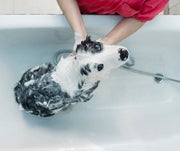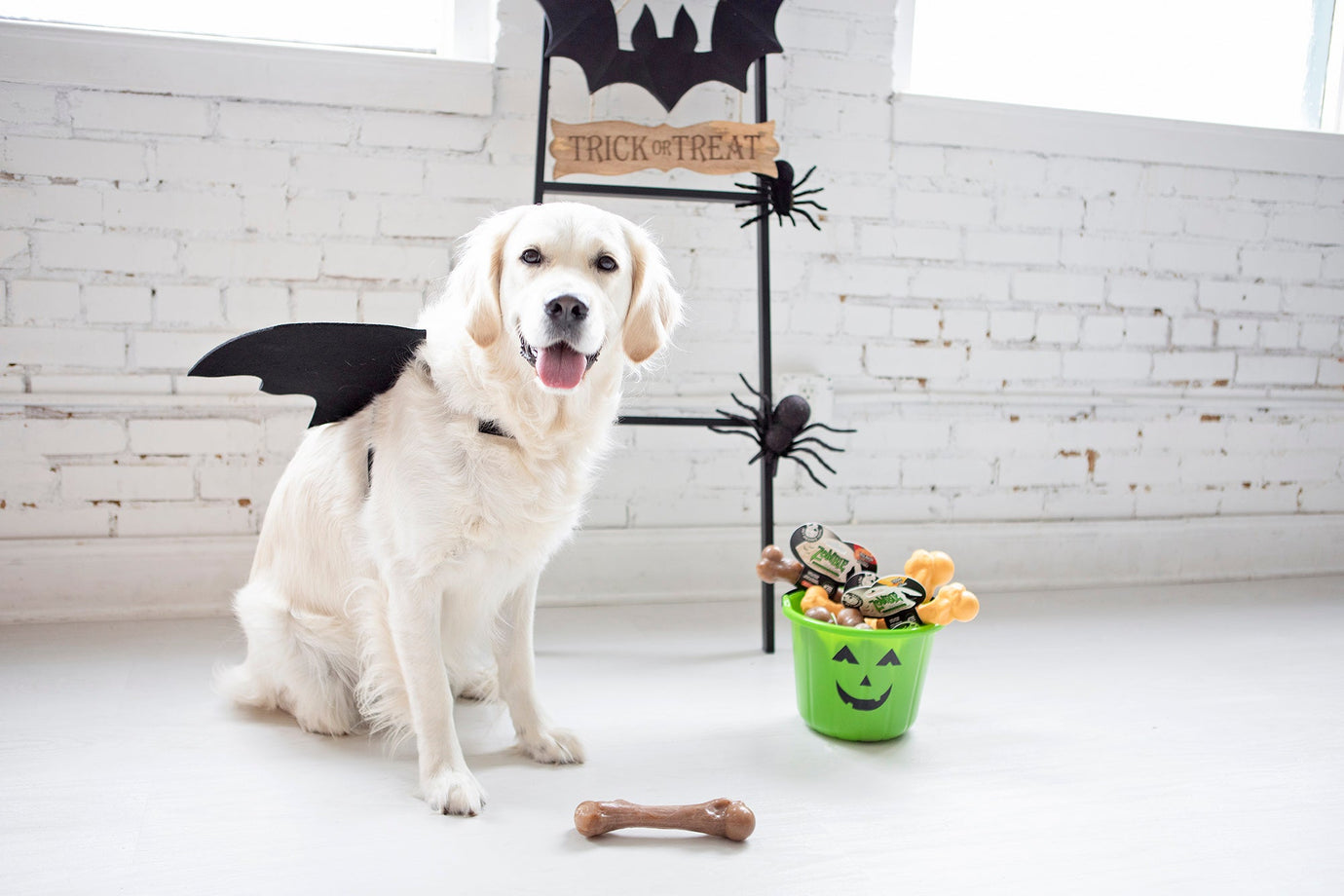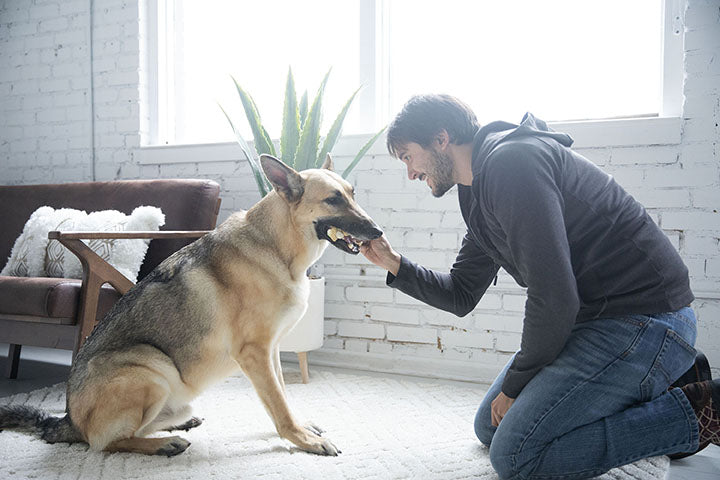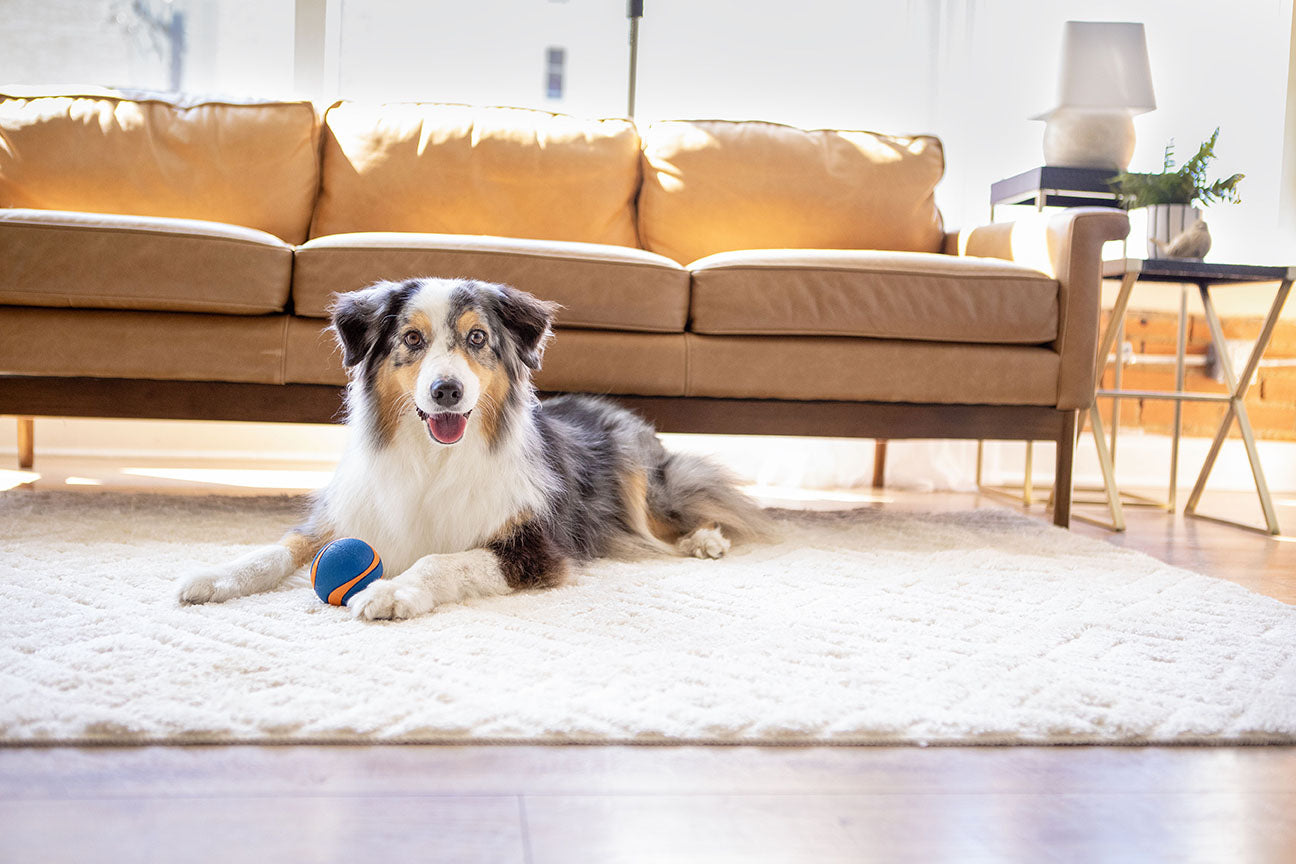Protecting Your Pet's Teeth

Let’s be honest, no matter how much we love our pets there comes a time when we can’t bear to have them in our face because of their bad breath. A sign of bad breath means your pup needs more than an at-home teeth cleaning because they could be at risk of gum disease. It’s important to know the necessary steps in taking care of your pet’s dental health. To be proactive, you can take your furry animal to the vet every six months for a teeth cleaning and examination. In between visits, it is best that your dog has good oral hygiene by brushing their teeth at home 2-3 times a week.
The basic tools you will need are toothpaste and a toothbrush. Use animal specific toothpaste that is recommended by the veterinarian. It is imperative that human toothpaste is not used as it contains harmful ingredients that pets should not digest. Animal toothpaste comes in a variety of flavors that your dog should take a liking to, some of these flavors are: chicken, beef, peanut, and vanilla. When choosing a toothbrush, you will want to find one that will fit into your dog’s mouth and is gentle on their teeth and gums. A vet will suggest using a slip-on finger brush or child brush but never an exposed finger or regular sized soft bristle brush. For cats try an infant size brush as even a finger brush can be too big, the same rule will apply for smaller dogs.
Introduce the toothbrush and paste gradually. Place a small amount of toothpaste on the brush for your pet to sniff and lick the toothpaste off the brush, then gently touch the brush to their teeth. Continue the process as you gradually increase the amount of time your pet allows the brush to be in its mouth. Never force-open your dog’s mouth as this can cause them panic and anxiety towards teeth brushing. Instead, raise their lip to begin brushing from the gum line down. If your pet only allows the toothbrush to be in its mouth for a limited time, then your priority should be to brush the top canine teeth and cheek teeth. For cats who do not want their teeth brushed, the best method is to create a massaging motion back and forth across the teeth.
Make brushing teeth fun by rewarding your furry animal with a treat before and after brushing. Incorporate the process into play time to help relax your pet and calm their nerves. For skeptic animals, take your time and be patient. Most cats and dogs can be trained into the new habit, but keep in mind it is more difficult to train a cat. The ideal time to introduce a toothbrush is when your pet is young, but all ages and types can be accustomed to the routine. By taking the time to brush your pets’ teeth now and visit the vet yearly, you can help prevent multiple mouth complications for your furry friend.
Recommended treats to give your dog or cat. Products like DentaStix and OraVet are a tasty way to add some care for their oral hygiene. Dental chews are specially formulated to help reduce build up of tartar and plaque. If you are unsure of which product to get, look for the VOHC seal. The seal provides assurance that the product meets the standards of protecting your pet.
Previous article

Related posts
View all-

Halloween Pet Safety: Keep Your Furry Friends Safe & Happy
-

National Dog Week: 7 Fun Ways to Celebrate with Your Pup
The last full week of September marks National Dog Week: a tradition going strong since 1928. Founded by Captain William Lewis Judy, this celebration was created to promote responsible dog ownership, reduce the number of stray dogs, and honor the incredible role dogs play in our lives.
Read Article -

How to Prep Your Pet for Fall: Grooming and Wellness Tips
As the days grow shorter and the crisp air settles in, our routines naturally shift; long walks become brisk outings, and cozy nights become the norm. Like us, pets feel these changes. Helping them ease into the new season ensures they stay happy, comfortable, and healthy.
Read Article




